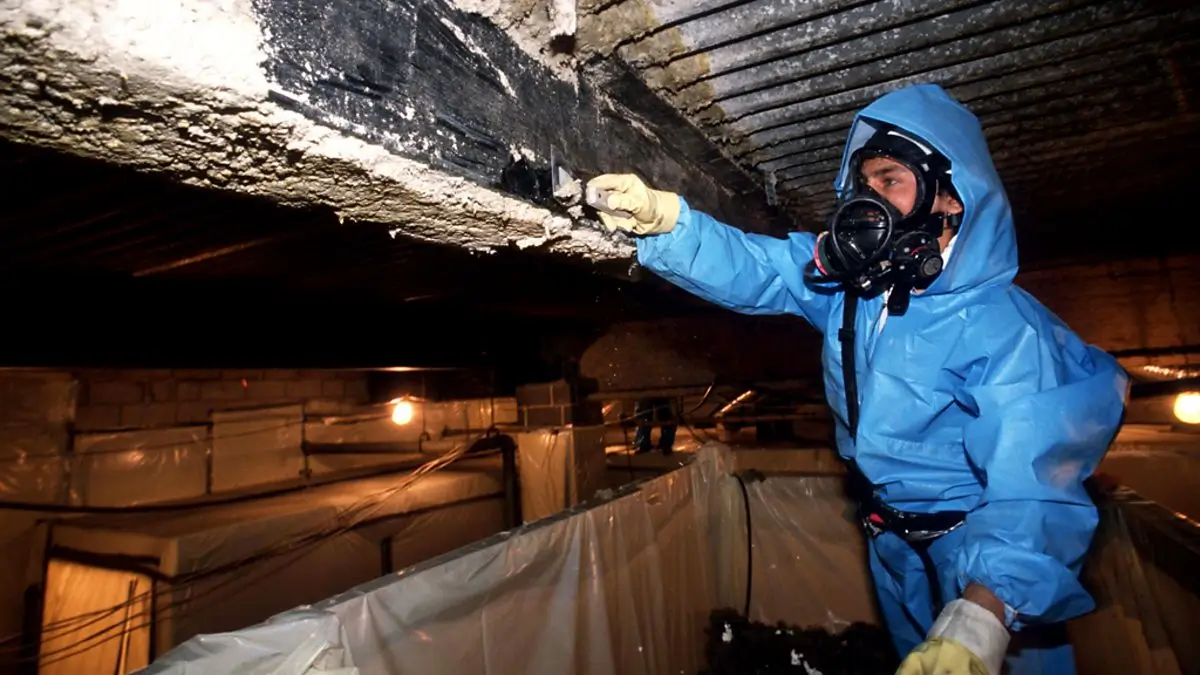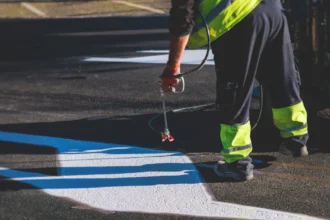If you’ve come across the term “asbestlint,” you might be wondering what it is and why it matters. While not as commonly discussed as asbestos, asbestlint shares a similar connection in the world of construction materials and safety concerns. This blog will break down everything you need to know about asbestlint, including its uses, potential risks, and safety measures you should take. By the end, you’ll better understand this material and how to handle it safely if you encounter it.
What Is Asbestlint?
At its core, asbestlint is a fibrous material derived from asbestos, a naturally occurring mineral mined for its fireproof and insulating qualities. Historically, asbestlint was used as a specialized byproduct for various industrial and commercial applications due to its ability to provide thermal insulation and enhance mechanical durability. While it is not as widely known as asbestos sheets, cement, or insulation products, asbestlint was still significant in specific manufacturing processes.
Its soft, fibrous texture made asbestlint particularly suitable for applications where flexible, lightweight insulation materials were needed. However, like other asbestos-related materials, its uses have drastically diminished due to health concerns.
Common Uses of Asbestlint in the Past
Before we understood the risks associated with asbestos-related materials, asbestlint found its way into several applications. These include:
1. High-Temperature Insulation
One of the primary applications for asbestlint was in thermal insulation. Its fibrous makeup allowed it to withstand extremely high temperatures, making it ideal for insulating pipes, furnaces, and boilers in industrial facilities.
2. Fireproofing Materials
Fire resistance was another valuable property of asbestlint. It was included in fireproof paints and coatings, as well as incorporated into fire blankets and protective clothing for industrial workers.
3. Cement and Construction Mixes
Similar to other asbestos products, asbestlint was sometimes added to cement formulas or construction materials to improve their durability, prevent cracking, and offer additional resistance against heat.
4. Friction Materials
Asbestlint has also been used in friction products, such as brake linings and clutch facings, where high thermal resistance and durability are critical.
5. Textile Manufacturing
Finely woven from asbestlint, industrial textiles such as gloves and fire-resistant fabrics were manufactured to protect workers in environments with extreme temperatures.
From industrial plants to shipyards, asbestlint served as an essential tool. However, as growing awareness of asbestos-related health risks emerged, its usage saw a steep decline.
The Risks Associated with Asbestlint
Although asbestlint offers impressive functional benefits, its association with asbestos brings significant health and safety concerns. Like other asbestos products, asbestlint poses health risks when its particles and fibers become airborne and inhaled.
1. Health Hazards
- Mesothelioma: Prolonged exposure to asbestos fibers can lead to mesothelioma, a rare and aggressive form of cancer affecting the lining of the lungs or abdomen.
- Asbestosis: Chronic exposure to asbestos fibers can cause asbestosis, a non-cancerous lung disease that results in scarring and inflammation, leading to respiratory difficulties.
- Lung Cancer: Exposure to inhaled asbestos fibers is also linked to lung cancer, particularly for individuals with prolonged and unprotected exposure in industrial or construction environments.
2. Invisible Danger
One of the most concerning aspects of asbestlint is how easy it is for its fine fibers to become airborne, especially during construction, repair, or demolition processes. These microscopic particles are not visible to the naked eye, making them incredibly dangerous because individuals can unknowingly inhale them.
Safety Measures to Reduce Risk
If you suspect that asbestlint remains present in your home, workplace, or a construction site, it’s vital to take safety measures to reduce the risk of exposure. Here’s where and how you can start:
1. Identify and Inspect
Before handling any material that might contain asbestlint, conduct a proper inspection. Hire a professional asbestos inspector to evaluate areas of concern and identify potential hazards safely.
2. Avoid Disturbance
The greatest risk occurs when asbestlint fibers are disturbed and become airborne. Avoid drilling, cutting, or otherwise handling materials that might contain asbestlint without proper precautions.
3. Employ Professional Removal
Never attempt DIY removal of materials containing asbestlint. Professionals equipped with proper training and protective equipment should handle the removal process in accordance with local safety regulations. Certified asbestos abatement services should always be your go-to.
4. Wear Protective Gear
When working in environments that may expose you to asbestos or asbestlint, use proper equipment such as:
- Respirators designed for asbestos protection
- Disposable coveralls
- Safety goggles
- Gloves
5. Stay Updated on Regulations
Make sure to follow your local occupational health and safety guidelines for working with asbestos-containing materials. For instance, OSHA (Occupational Safety and Health Administration) in the U.S. provides clear regulations on asbestos handling.
The Legacy of Asbestlint in Modern Times
While the use of asbestlint has significantly decreased due to its health risks, remnants of its presence remain, particularly in old buildings and industrial sites. Modern-day construction, cleaning, and renovation projects often uncover asbestos and asbestlint materials, requiring extra attention to safety procedures during removal.
Legislation across the globe has imposed strict measures on handling asbestos-related products. However, those who work in industries like construction, demolition, or shipbreaking must remain vigilant and informed about potential exposure risks.
Staying Safe with Proper Knowledge Around Asbestlint
Understanding what asbestlint is, its uses, and the risks it presents empowers you to take the right steps to protect yourself and your community. Whether you’re a homeowner, business professional, or contractor, knowing how to identify, handle, and remove asbestlint safely is key to avoiding potential health complications.
Remember that professional inspection and abatement services are critical when dealing with suspected asbestos materials. Protect yourself with the right gear, follow legal guidelines, and err on the side of caution whenever you encounter asbestlint or similar materials.
If you’re curious about additional tips, safety methods, or asbestos-free alternatives, stay connected with our blog for more guides and updates.

















